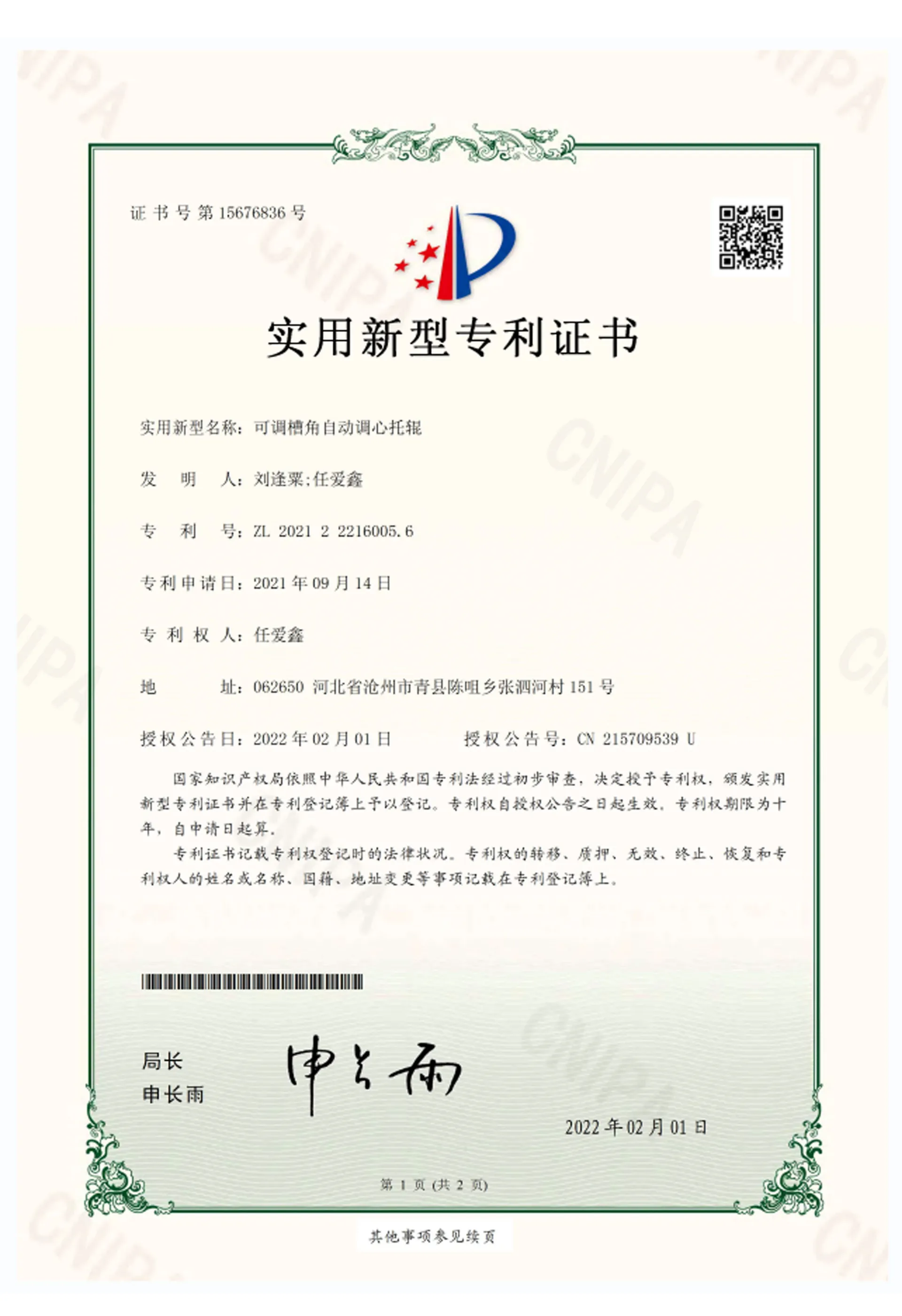 Afrikaans
Afrikaans  Albanian
Albanian  Amharic
Amharic  Arabic
Arabic  Armenian
Armenian  Azerbaijani
Azerbaijani  Basque
Basque  Belarusian
Belarusian  Bengali
Bengali  Bosnian
Bosnian  Bulgarian
Bulgarian  Catalan
Catalan  Cebuano
Cebuano  Corsican
Corsican  Croatian
Croatian  Czech
Czech  Danish
Danish  Dutch
Dutch  English
English  Esperanto
Esperanto  Estonian
Estonian  Finnish
Finnish  French
French  Frisian
Frisian  Galician
Galician  Georgian
Georgian  German
German  Greek
Greek  Gujarati
Gujarati  Haitian Creole
Haitian Creole  hausa
hausa  hawaiian
hawaiian  Hebrew
Hebrew  Hindi
Hindi  Miao
Miao  Hungarian
Hungarian  Icelandic
Icelandic  igbo
igbo  Indonesian
Indonesian  irish
irish  Italian
Italian  Japanese
Japanese  Javanese
Javanese  Kannada
Kannada  kazakh
kazakh  Khmer
Khmer  Rwandese
Rwandese  Korean
Korean  Kurdish
Kurdish  Kyrgyz
Kyrgyz  Lao
Lao  Latin
Latin  Latvian
Latvian  Lithuanian
Lithuanian  Luxembourgish
Luxembourgish  Macedonian
Macedonian  Malgashi
Malgashi  Malay
Malay  Malayalam
Malayalam  Maltese
Maltese  Maori
Maori  Marathi
Marathi  Mongolian
Mongolian  Myanmar
Myanmar  Nepali
Nepali  Norwegian
Norwegian  Norwegian
Norwegian  Occitan
Occitan  Pashto
Pashto  Persian
Persian  Polish
Polish  Portuguese
Portuguese  Punjabi
Punjabi  Romanian
Romanian  Russian
Russian  Samoan
Samoan  Scottish Gaelic
Scottish Gaelic  Serbian
Serbian  Sesotho
Sesotho  Shona
Shona  Sindhi
Sindhi  Sinhala
Sinhala  Slovak
Slovak  Slovenian
Slovenian  Somali
Somali  Spanish
Spanish  Sundanese
Sundanese  Swahili
Swahili  Swedish
Swedish  Tagalog
Tagalog  Tajik
Tajik  Tamil
Tamil  Tatar
Tatar  Telugu
Telugu  Thai
Thai  Turkish
Turkish  Turkmen
Turkmen  Ukrainian
Ukrainian  Urdu
Urdu  Uighur
Uighur  Uzbek
Uzbek  Vietnamese
Vietnamese  Welsh
Welsh  Bantu
Bantu  Yiddish
Yiddish  Yoruba
Yoruba  Zulu
Zulu Drum Pulley Mechanisms and Their Applications in Industrial Systems
Understanding Drum Pulleys A Key Element in Mechanical Systems
Drum pulleys are integral components used in various mechanical systems, serving as a pivotal link in the transmission of power and motion. These devices are widely employed in industrial applications, construction, and even recreational activities such as towing or lifting heavy loads. In this article, we will explore the design, functionality, applications, and benefits of drum pulleys, shedding light on why they are crucial in the realm of engineering.
What is a Drum Pulley?
At its core, a drum pulley consists of a cylindrical structure around which a belt, rope, or cable is wound. This design allows the pulley to change the direction of the force applied to the cable and facilitate the movement of objects across distances. The drum shape provides a larger surface area for the rope to grip, which is essential for effective power transmission.
Design and Construction
Drum pulleys can vary in size and material, depending on the specific requirements of their application. Common materials include steel, aluminum, and fiberglass, which provide the necessary strength and durability to withstand heavy loads. The design may also feature grooves or texture on the surface to prevent slippage, ensuring that the rope or cable remains securely in place during operation.
Moreover, drum pulleys can have fixed or adjustable diameters. Adjustable drum pulleys are particularly useful in scenarios where variable lift heights are required, offering flexibility in mechanical systems. Additionally, they can often be fitted with brakes, clutches, and other features to enhance their functionality and safety.
Functionality
The primary function of a drum pulley is to convert rotational motion into linear motion. When a motor or engine drives the pulley, it rotates, winding the rope or cable around its cylindrical structure. This action creates tension in the rope, allowing for the lifting or moving of heavy objects.
In many cases, drum pulleys are utilized in conjunction with other mechanical systems, such as winches or conveyor belts
. For instance, in a hoisting application, as the drum pulley spins, it winds up the cable attached to a load. As the cable is pulled, the load rises; this principle is commonly used in cranes, elevators, and construction equipment.drum pulley

Applications
Drum pulleys find their application across various industries. In construction, they are essential components in cranes and hoisting systems to lift heavy materials like steel beams and concrete blocks. In the mining industry, drum pulleys are used in conveyor systems to transport minerals and ores from one location to another.
Moreover, in recreational activities, drum pulleys are used in systems designed for towing, such as on boats and off-road vehicles. They are also found in gym equipment, where they contribute to the smooth operation of cable machines that utilize weights for resistance training.
Benefits of Drum Pulleys
The advantages of using drum pulleys are numerous. Firstly, they enhance mechanical efficiency by enabling easy movement of heavy loads with minimal effort. This efficiency can significantly reduce the physical strain on operators and contribute to safer work environments.
Secondly, drum pulleys are versatile and can be customized to suit specific applications, leading to improved performance. Whether in lifting, towing, or conveying, their adaptability makes them a preferred choice in engineering designs.
Lastly, the durability of materials used in drum pulley construction ensures a longer lifespan, reducing maintenance costs and downtime. Regular inspections can further enhance their reliability, making them a valuable investment for any mechanical system.
Conclusion
In summary, drum pulleys play an indispensable role in a variety of applications across different industries. Their ability to facilitate the efficient transfer of power and movement, combined with their robust design and versatility, makes them a quintessential component in mechanical engineering. As technology continues to evolve, innovations in drum pulley design will likely enhance their capabilities, further solidifying their importance in modern engineering solutions.
-
Revolutionizing Conveyor Reliability with Advanced Rubber Lagging PulleysNewsJul.22,2025
-
Powering Precision and Durability with Expert Manufacturers of Conveyor ComponentsNewsJul.22,2025
-
Optimizing Conveyor Systems with Advanced Conveyor AccessoriesNewsJul.22,2025
-
Maximize Conveyor Efficiency with Quality Conveyor Idler PulleysNewsJul.22,2025
-
Future-Proof Your Conveyor System with High-Performance Polyurethane RollerNewsJul.22,2025
-
Driving Efficiency Forward with Quality Idlers and RollersNewsJul.22,2025





























